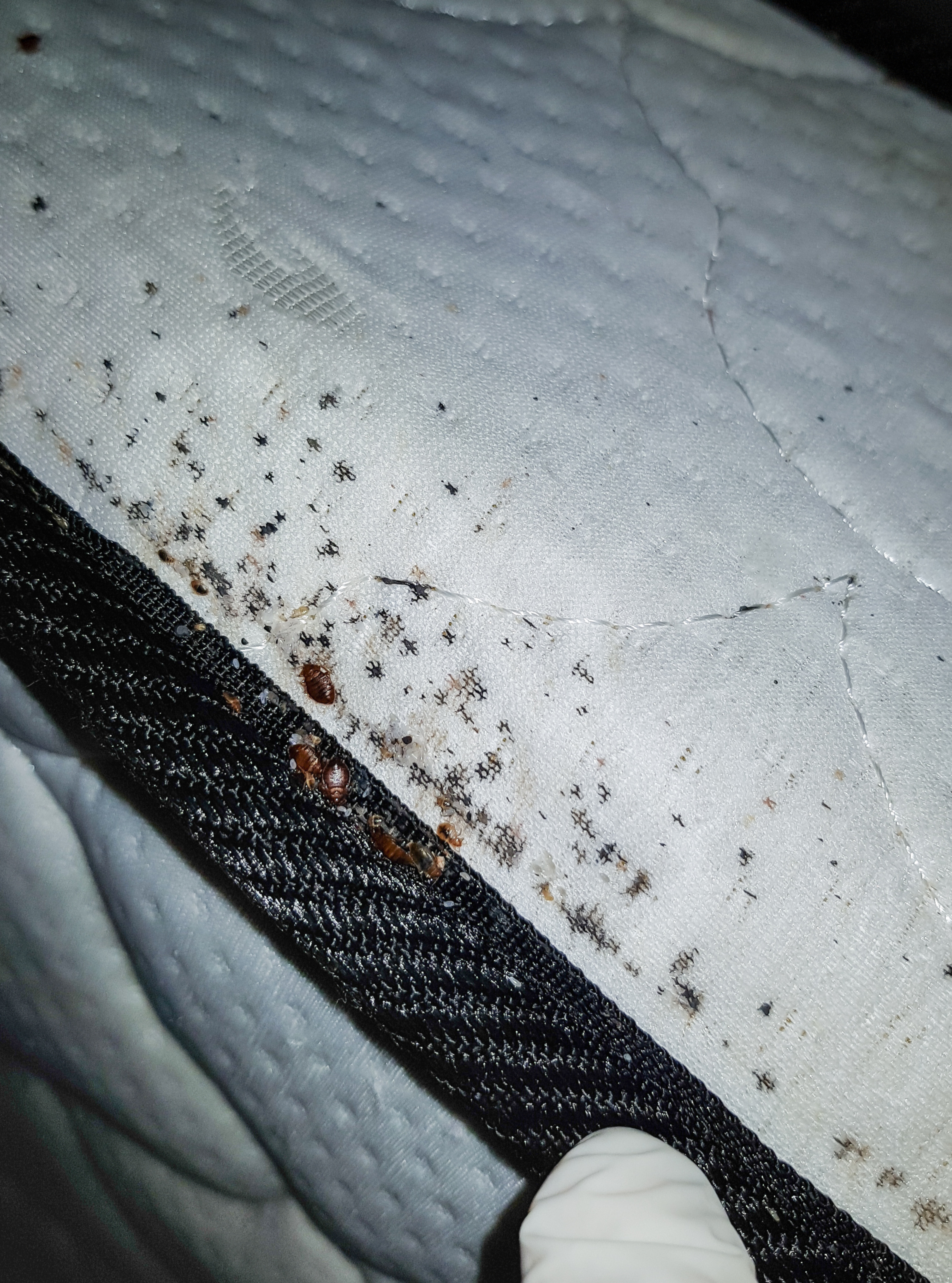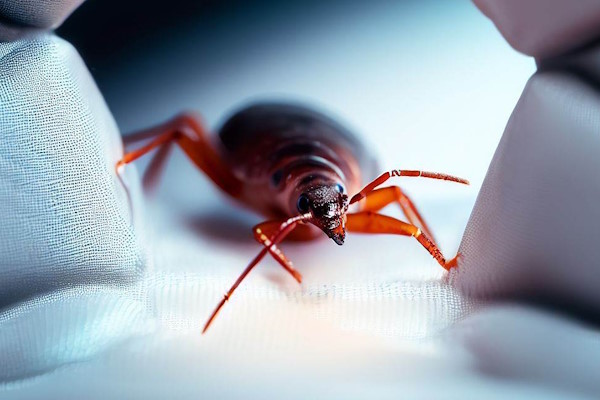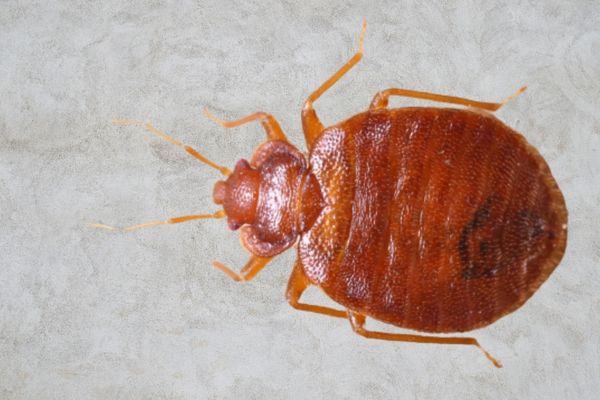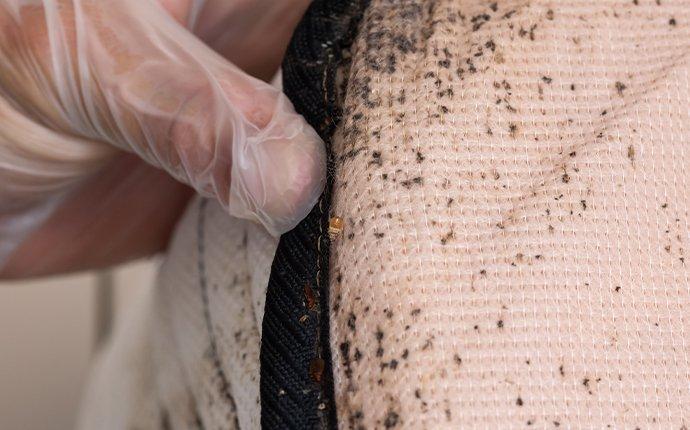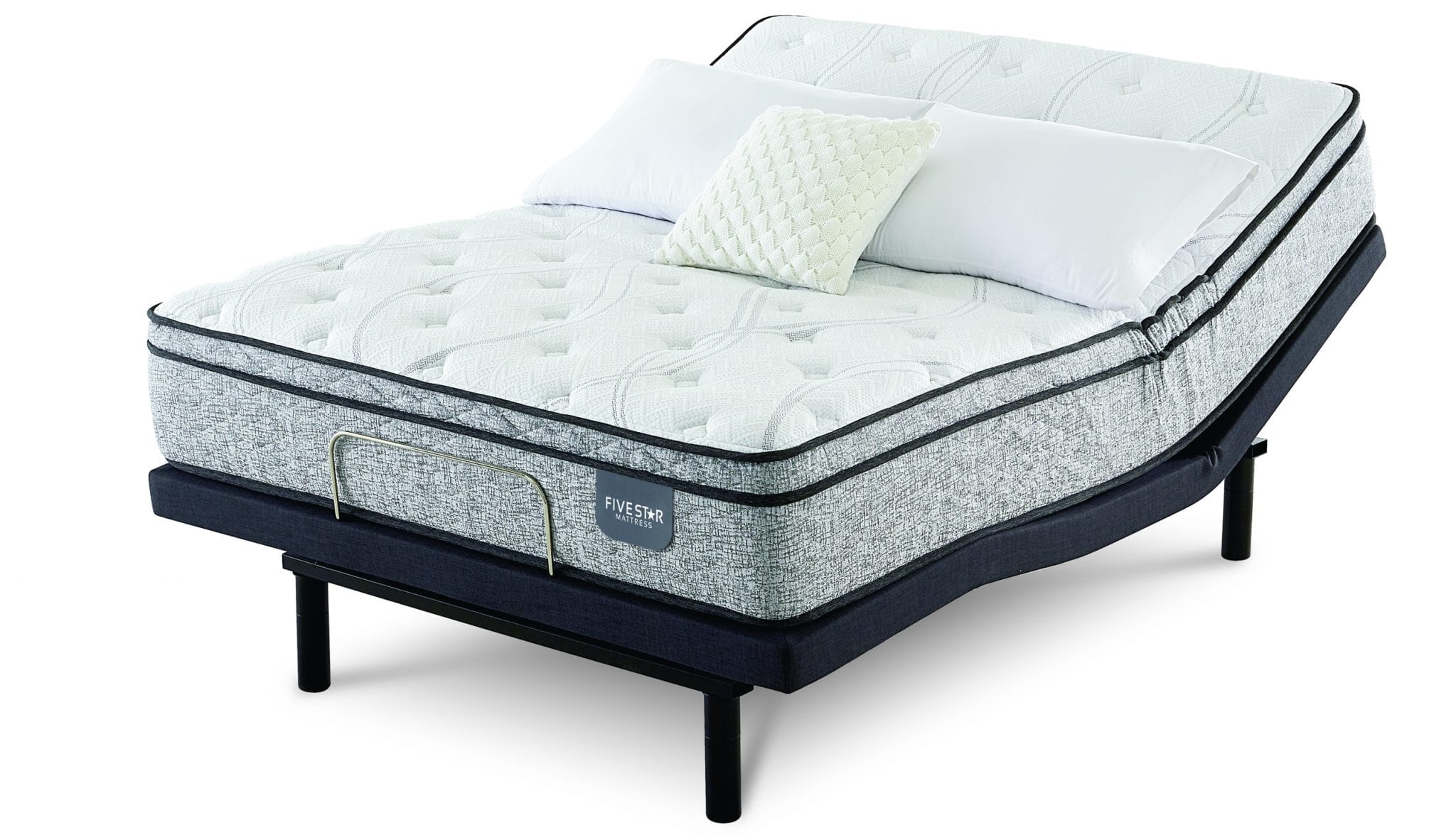If you're waking up with itchy bites and wondering if you have bed bugs, the first place to check is your mattress. These pesky insects are notorious for making their homes in mattresses, and their small size and ability to hide make them difficult to spot. Here are some steps to help you check for bed bugs in your mattress. Step 1: Strip Your Bed The first step is to remove all bedding and linens from your mattress. This will allow you to get a clear view of the mattress and any potential bed bug activity. Step 2: Look for Physical Signs Inspect your mattress for any physical signs of bed bugs. These may include small dark spots (bed bug feces), shed skins, or even the bugs themselves. Pay special attention to the seams and corners of the mattress. Step 3: Use a Flashlight Bed bugs are nocturnal and tend to hide during the day, so using a flashlight can help you spot them. Shine the light along the edges and seams of the mattress to look for any movement or signs of bed bugs.How to Check for Bed Bugs in a Mattress
Once you have confirmed the presence of bed bugs in your mattress, it's important to take immediate action to get rid of them. Here are some steps you can take to eliminate these pests from your mattress. Step 1: Vacuum Thoroughly Using a vacuum with a HEPA filter, thoroughly vacuum your mattress, paying special attention to seams and crevices where bed bugs may be hiding. This will help to remove any bugs or eggs from the surface of the mattress. Step 2: Wash All Bedding and Linens Any bedding or linens that have come into contact with the infested mattress should be washed in hot water and dried on high heat. This will help to kill any remaining bed bugs and prevent them from spreading. Step 3: Use a Bed Bug Spray There are many bed bug sprays available on the market that can be used to treat your mattress. Be sure to follow the instructions carefully and use caution when using these products.How to Get Rid of Bed Bugs in a Mattress
Unfortunately, the answer is yes. Bed bugs are excellent at hiding and can easily make their way into your mattress. Their flat bodies and ability to survive without feeding for long periods of time make them well suited for living in mattresses. How Do Bed Bugs Get Into Your Mattress? Bed bugs can make their way into your mattress in a variety of ways. They can hitchhike on clothing or luggage, crawl through cracks and crevices, or even be brought in on used furniture.Can Bed Bugs Live in Your Mattress?
So how can you tell if you have bed bugs in your mattress? Here are some signs to look out for: Bite Marks Bed bugs typically leave small, red, itchy bite marks on the skin. These bites are often clustered in groups or lines and may be accompanied by a rash. Physical Signs In addition to bite marks, you may also see other physical signs of bed bugs, such as small dark spots (feces), shed skins, or even the bugs themselves. Musty Odor Bed bugs have a distinct musty odor that is often described as smelling like coriander. If you notice a strong, unpleasant smell coming from your mattress, it could be a sign of a bed bug infestation.Signs of Bed Bugs in a Mattress
The best way to deal with bed bugs is to prevent them from infesting your mattress in the first place. Here are some tips to help you prevent bed bugs from getting into your mattress: Inspect Used Furniture If you're buying used furniture, be sure to thoroughly inspect it for any signs of bed bugs before bringing it into your home. Use a Protective Cover Using a bed bug-proof mattress cover can help to prevent bed bugs from infesting your mattress. These covers are designed to trap any bed bugs that may be present and prevent them from biting or laying eggs. Be Cautious When Traveling When traveling, be sure to inspect your hotel room for any signs of bed bugs and keep your luggage off the floor and bed. Upon returning home, wash and dry all clothing on high heat to kill any potential bed bugs.How to Prevent Bed Bugs in Your Mattress
Yes, bed bug mattress covers can be an effective way to prevent bed bugs from infesting your mattress. However, it's important to note that these covers must be specifically designed to be bed bug-proof. Regular mattress covers will not be effective in preventing bed bugs. How Do Bed Bug Mattress Covers Work? Bed bug mattress covers are made of a material that is too dense for bed bugs to bite through. This means that any bed bugs that are already in your mattress will be trapped and unable to feed or lay eggs. Additionally, any bed bugs that may try to make their way into your mattress will be unable to do so.Do Bed Bug Mattress Covers Work?
Yes, bed bugs can survive in memory foam mattresses. While memory foam is not an ideal hiding place for bed bugs, they can still find their way into the material and survive for extended periods of time. How to Treat a Mattress for Bed Bugs If you have a memory foam mattress that is infested with bed bugs, there are a few steps you can take to effectively treat it: Use a Steam Cleaner Steam cleaning your mattress can help to kill any bed bugs and their eggs that may be hiding inside. Be sure to use a high-temperature steam cleaner for best results. Use a Bed Bug Spray As mentioned earlier, there are many bed bug sprays available on the market that can be used to treat your mattress. Just be sure to follow the instructions carefully and use caution when using these products.Can Bed Bugs Survive in Memory Foam Mattresses?
While it's possible for bed bugs to make their way into a sealed mattress, it is unlikely. Bed bugs are unable to chew through the material of a mattress cover, so as long as it is properly sealed, your mattress should be protected from infestation. How to Properly Seal a Mattress To properly seal your mattress, use a mattress cover specifically designed to be bed bug-proof. Make sure the cover is completely sealed and that there are no holes or tears where bed bugs could potentially enter or escape.Can Bed Bugs Get Inside a Sealed Mattress?
Bed bugs can survive in a mattress for several months without feeding. This is due to their ability to go into a state of hibernation when food sources are scarce. However, it's important to note that bed bugs can only survive for a few weeks without a blood meal, so eventually they will need to find a new host or die. In conclusion, while bed bugs can definitely get into mattresses, there are steps you can take to prevent and get rid of them. By regularly inspecting your mattress and taking preventative measures, you can keep these pests at bay and enjoy a good night's sleep without worrying about bed bugs.How Long Can Bed Bugs Survive in a Mattress?
What to Do If You Find Bed Bugs in Your Mattress

Identifying Bed Bugs in Your Mattress
 If you suspect that you have bed bugs in your mattress, it’s important to act quickly. These pests are known for their ability to hide and reproduce quickly, making them difficult to get rid of once they have infested your home. The first step is to confirm that you do indeed have bed bugs in your mattress.
Look for small, reddish-brown bugs about the size of an apple seed and small black or rust-colored spots on your bedding.
You may also notice a musty odor coming from your mattress, which is a telltale sign of a bed bug infestation.
If you suspect that you have bed bugs in your mattress, it’s important to act quickly. These pests are known for their ability to hide and reproduce quickly, making them difficult to get rid of once they have infested your home. The first step is to confirm that you do indeed have bed bugs in your mattress.
Look for small, reddish-brown bugs about the size of an apple seed and small black or rust-colored spots on your bedding.
You may also notice a musty odor coming from your mattress, which is a telltale sign of a bed bug infestation.
How Bed Bugs Get Into Mattresses
 Bed bugs are not attracted to dirty or unsanitary conditions. They are attracted to warm-blooded hosts, such as humans, and feed on their blood. They can easily hitch a ride into your home on clothing, luggage, or furniture. Once they have infiltrated your home, they can quickly find their way into your mattress.
Bed bugs are particularly drawn to the seams and crevices of mattresses, as these provide an ideal hiding spot for them to lay their eggs and feed on you while you sleep.
Bed bugs are not attracted to dirty or unsanitary conditions. They are attracted to warm-blooded hosts, such as humans, and feed on their blood. They can easily hitch a ride into your home on clothing, luggage, or furniture. Once they have infiltrated your home, they can quickly find their way into your mattress.
Bed bugs are particularly drawn to the seams and crevices of mattresses, as these provide an ideal hiding spot for them to lay their eggs and feed on you while you sleep.
Steps to Get Rid of Bed Bugs in Your Mattress
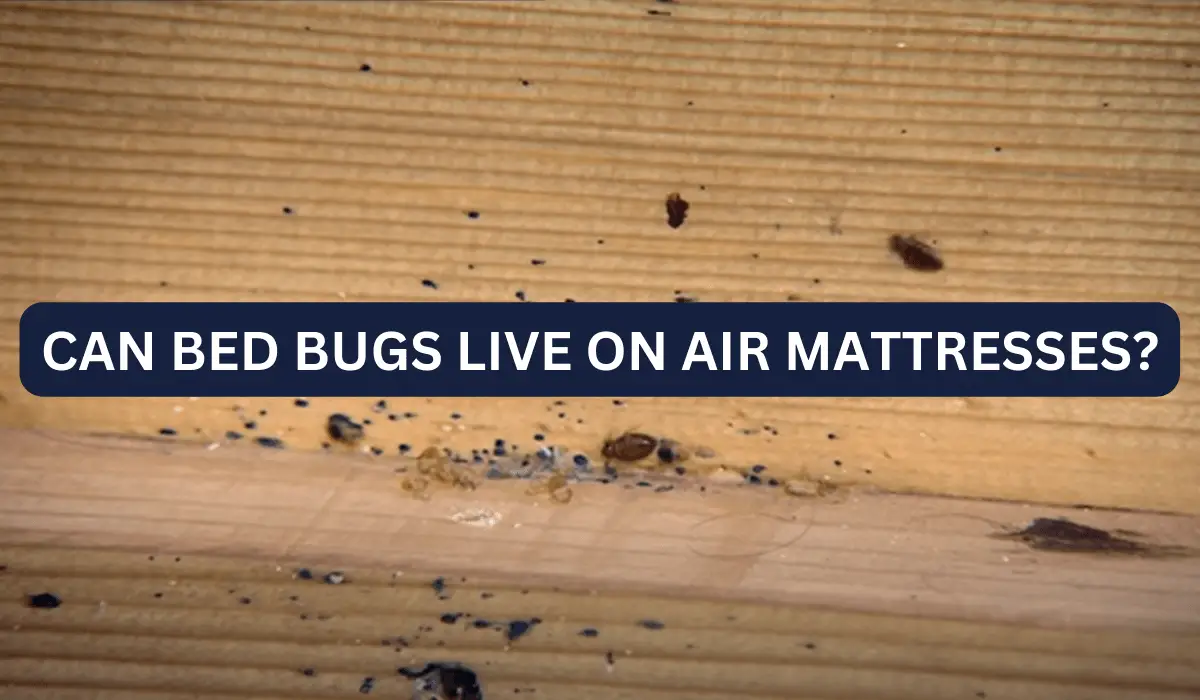 If you have confirmed that you have bed bugs in your mattress, it’s important to take swift action to get rid of them. The first step is to remove all bedding and wash it in hot water, then put it in the dryer on the highest setting for at least 30 minutes. While the bedding is in the wash,
use a vacuum with a hose attachment to thoroughly vacuum your mattress, paying special attention to seams and crevices where bed bugs may be hiding.
After vacuuming, seal the vacuum bag in a plastic bag and dispose of it outside.
If you have confirmed that you have bed bugs in your mattress, it’s important to take swift action to get rid of them. The first step is to remove all bedding and wash it in hot water, then put it in the dryer on the highest setting for at least 30 minutes. While the bedding is in the wash,
use a vacuum with a hose attachment to thoroughly vacuum your mattress, paying special attention to seams and crevices where bed bugs may be hiding.
After vacuuming, seal the vacuum bag in a plastic bag and dispose of it outside.
Preventing Future Infestations
 Once you have successfully eliminated the bed bugs from your mattress, it’s important to take preventative measures to avoid future infestations.
Regularly inspect your mattress and bedding for signs of bed bugs, and consider using a mattress encasement to prevent them from getting into your mattress in the first place.
When traveling, be sure to check for signs of bed bugs in hotel rooms and thoroughly wash and dry all clothing and luggage upon returning home. With these precautions, you can avoid the headache and discomfort of dealing with a bed bug infestation in your mattress.
Once you have successfully eliminated the bed bugs from your mattress, it’s important to take preventative measures to avoid future infestations.
Regularly inspect your mattress and bedding for signs of bed bugs, and consider using a mattress encasement to prevent them from getting into your mattress in the first place.
When traveling, be sure to check for signs of bed bugs in hotel rooms and thoroughly wash and dry all clothing and luggage upon returning home. With these precautions, you can avoid the headache and discomfort of dealing with a bed bug infestation in your mattress.

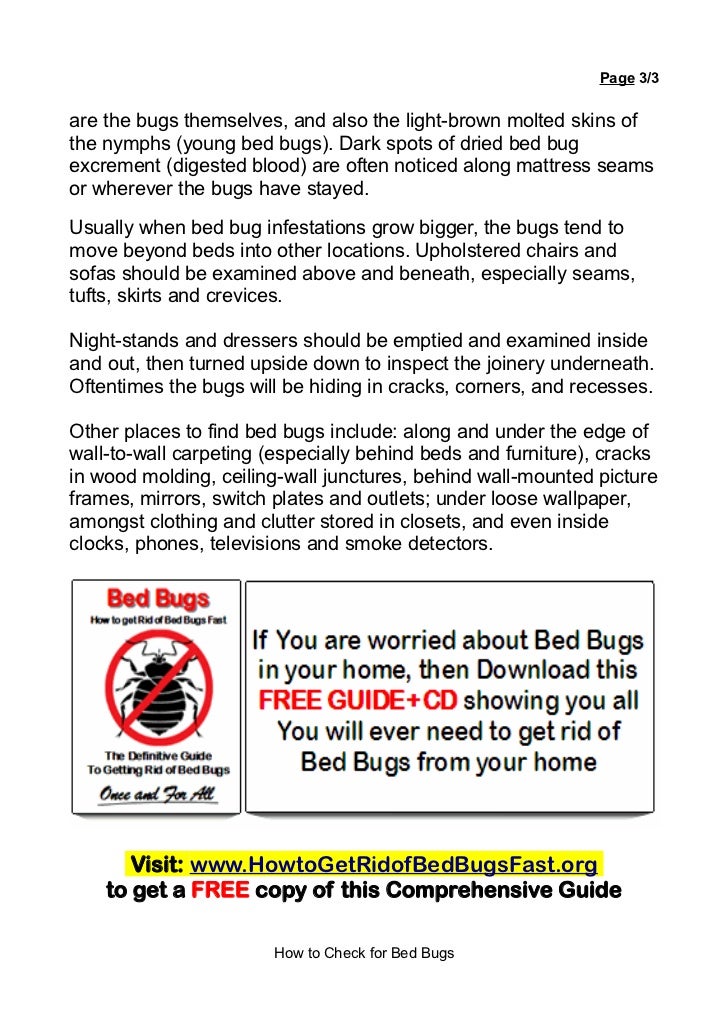









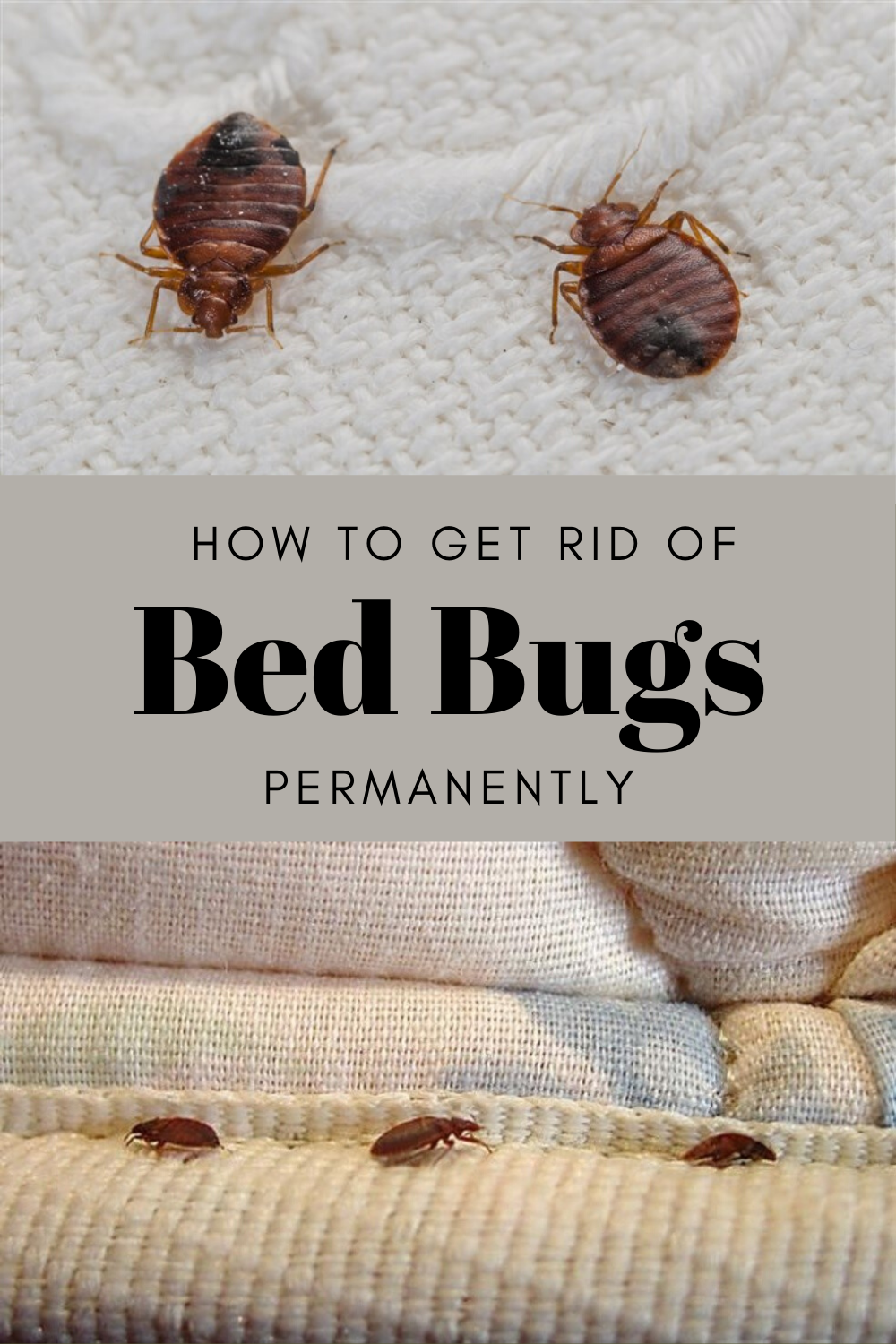


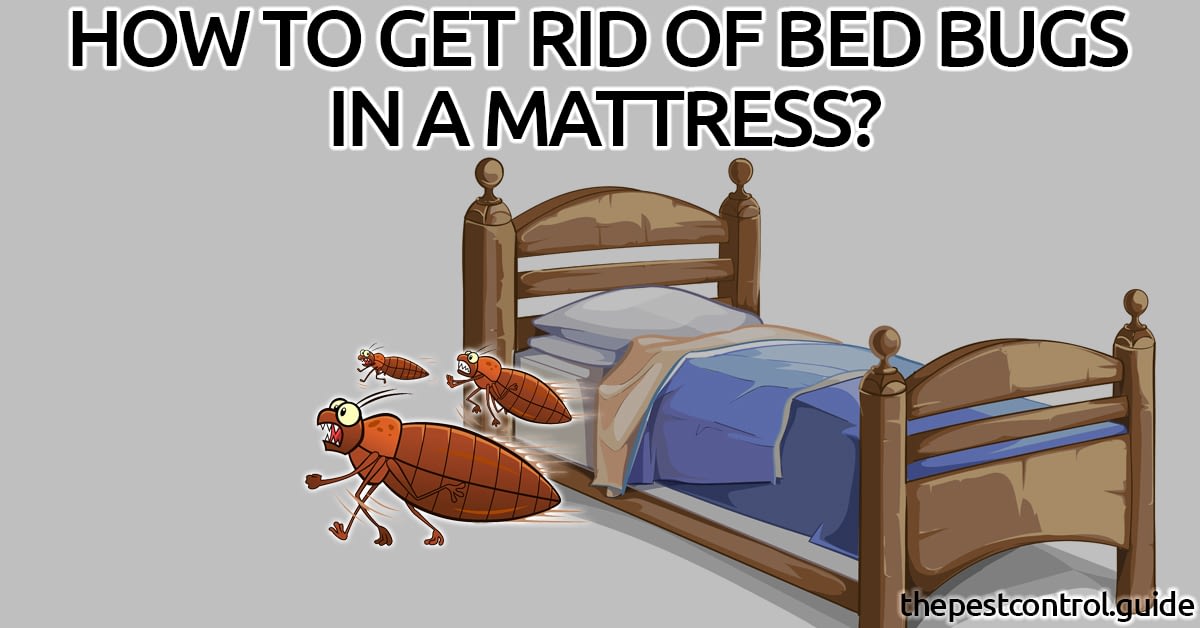
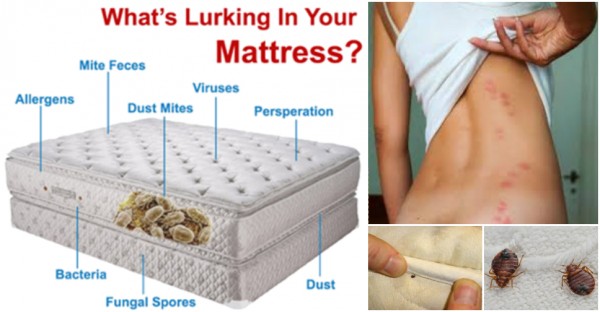

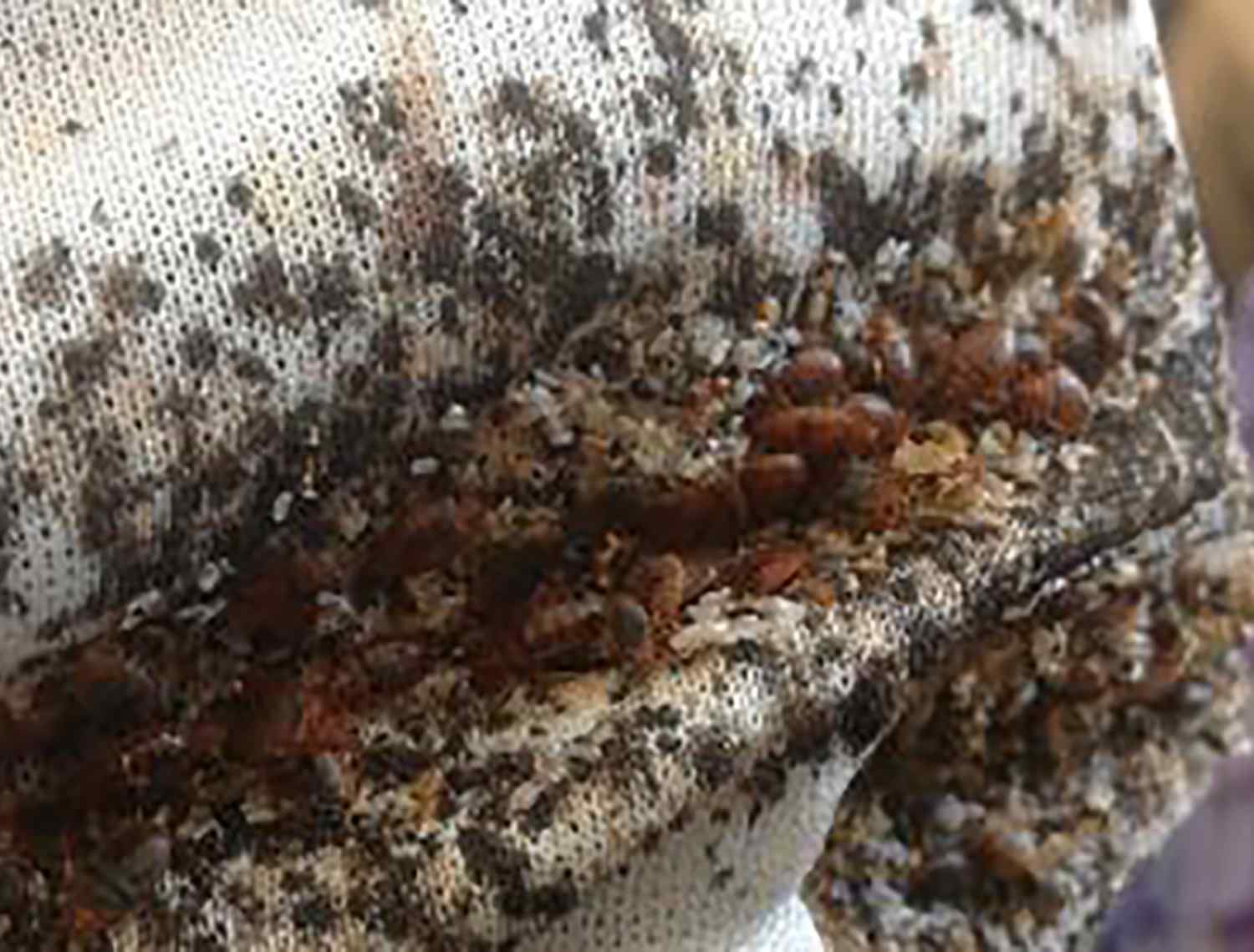







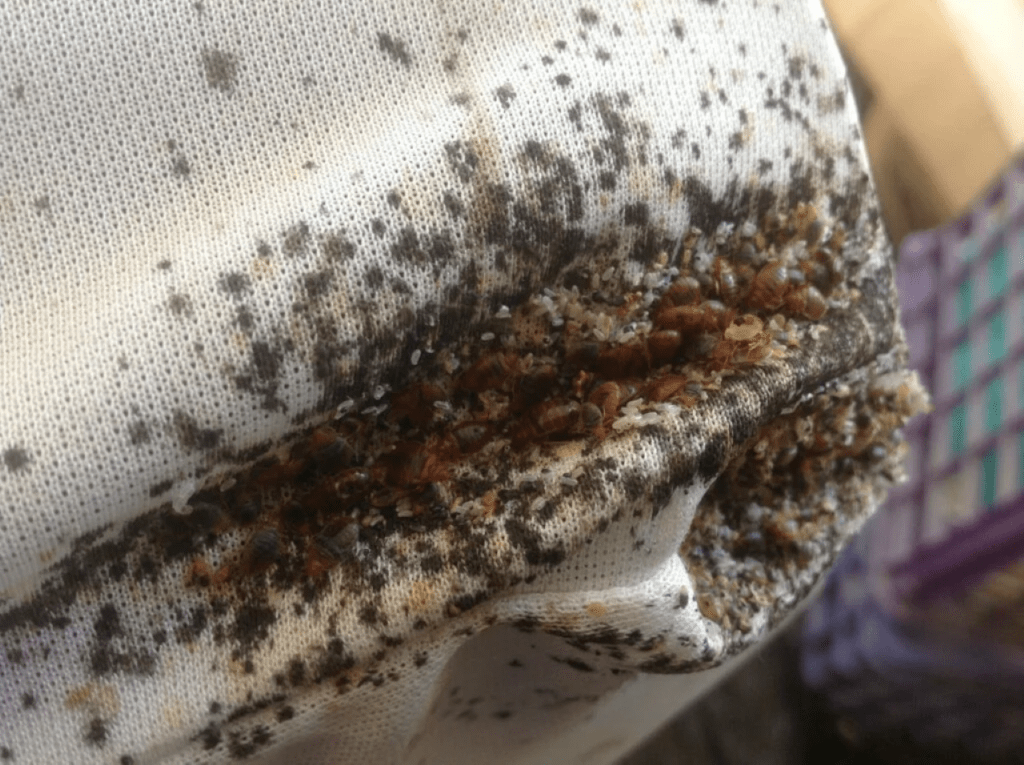
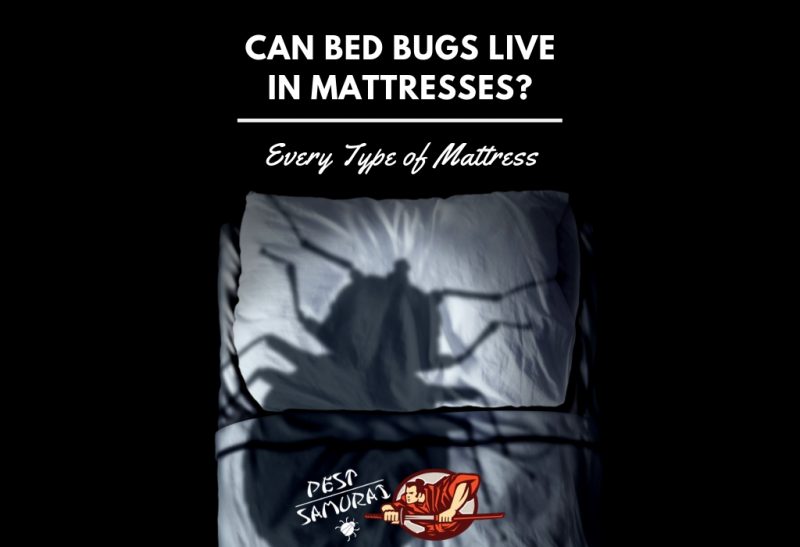
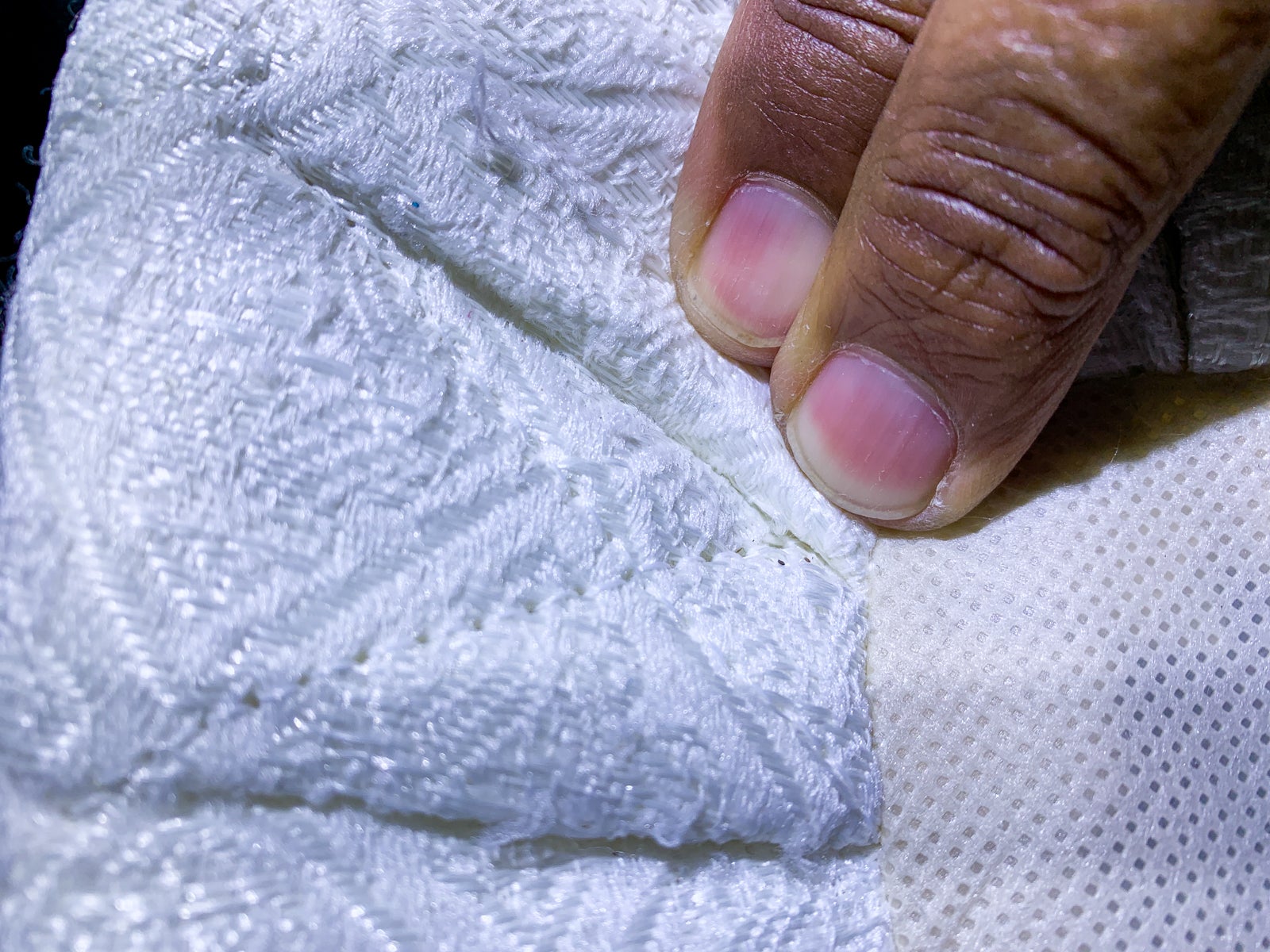

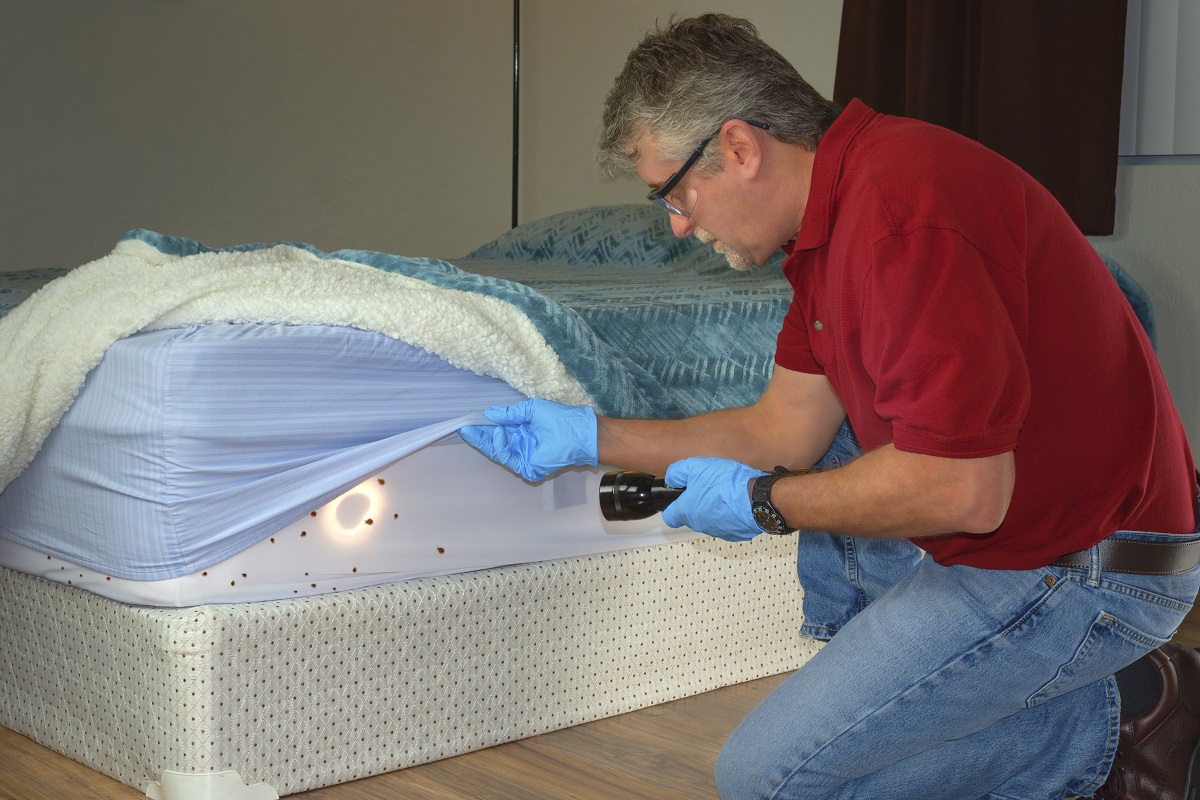

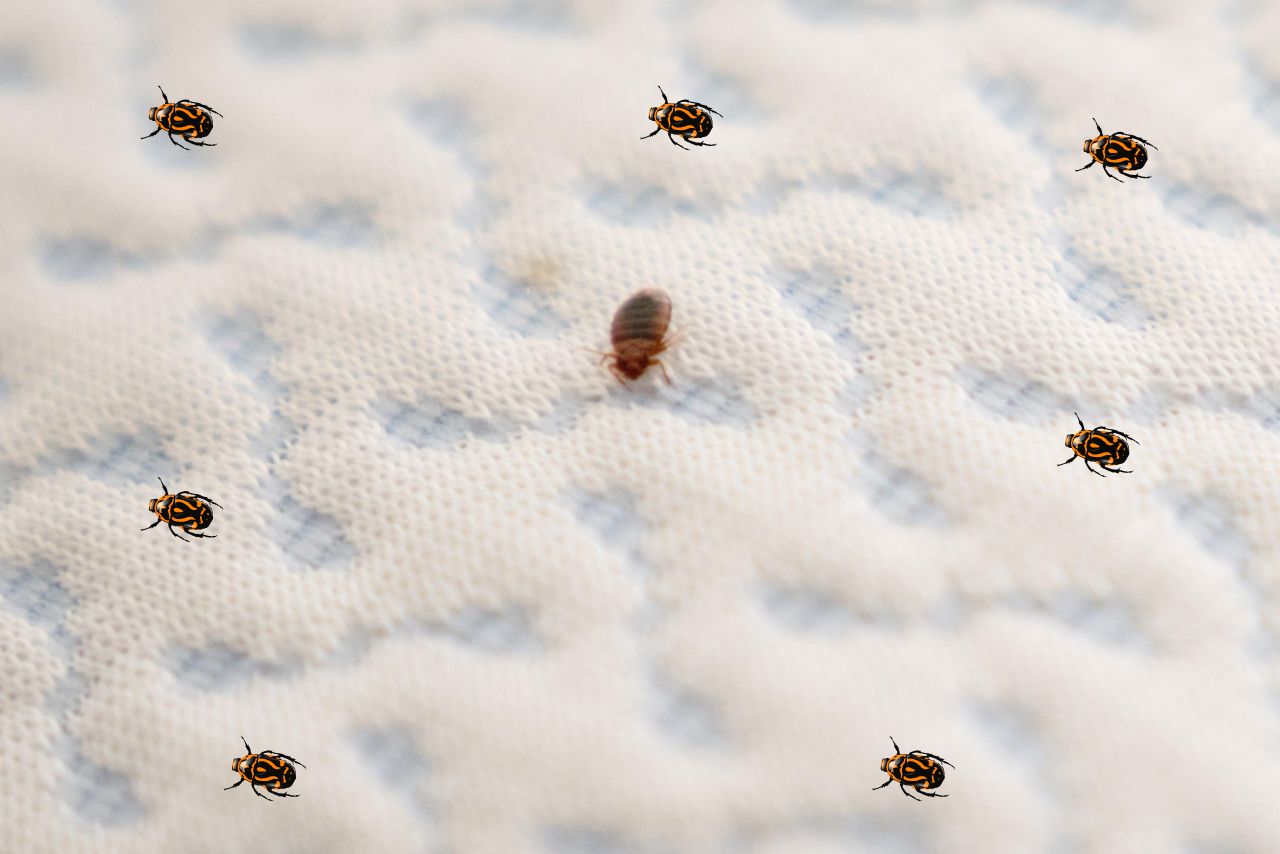






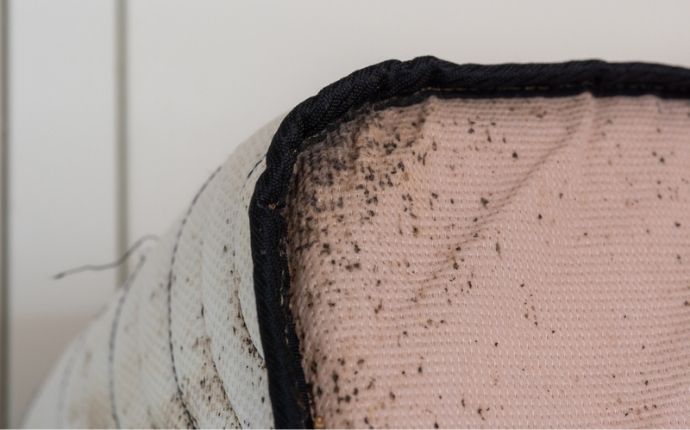




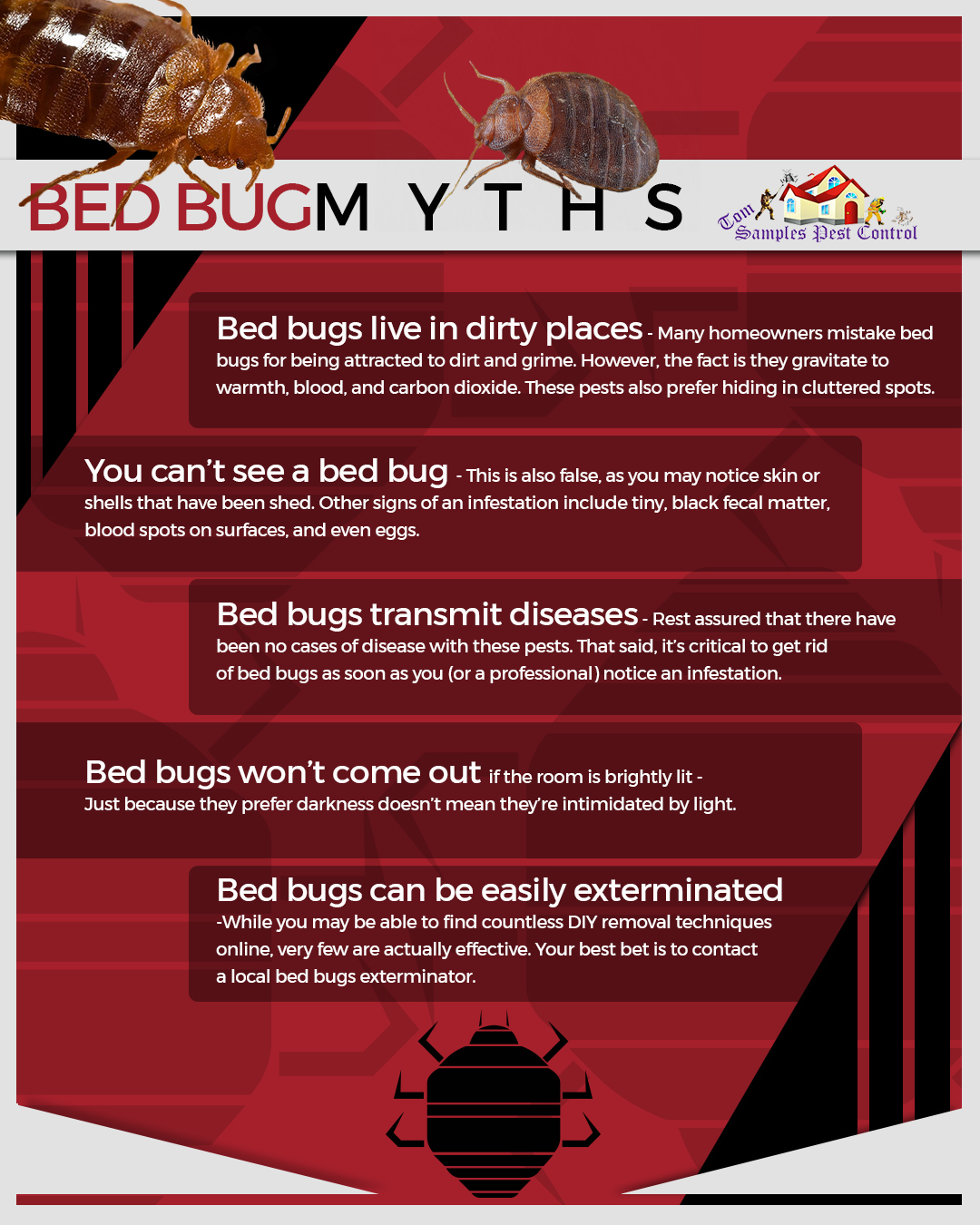
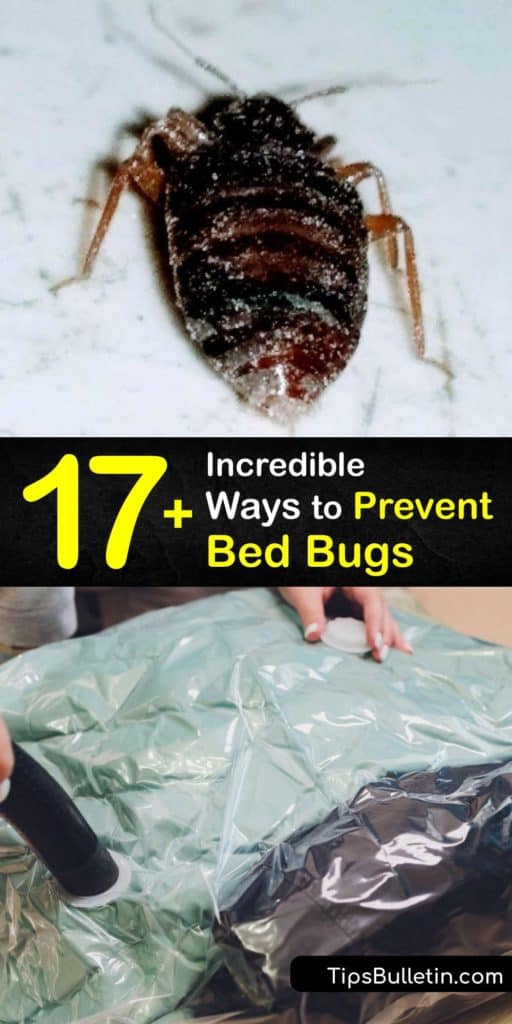


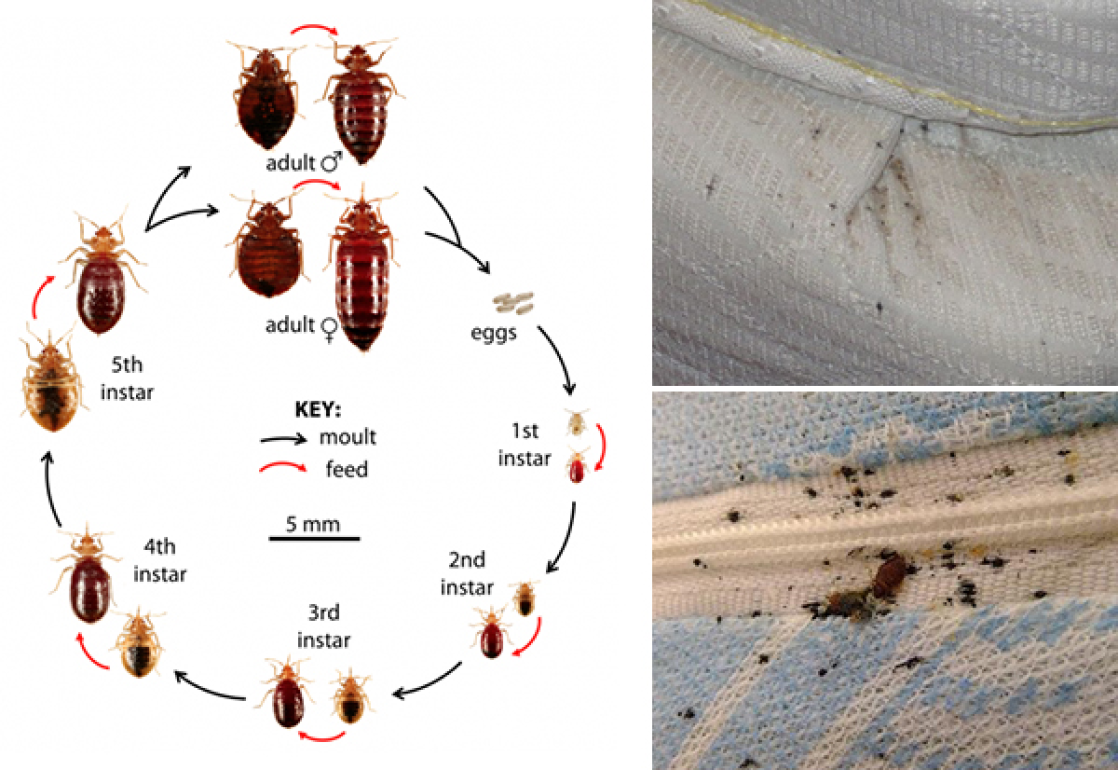

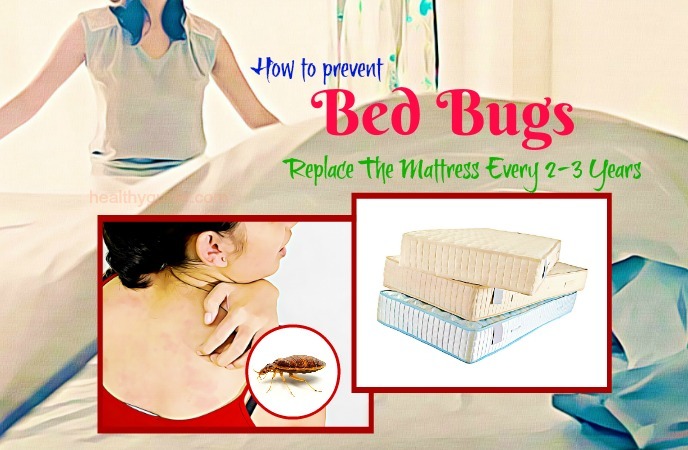
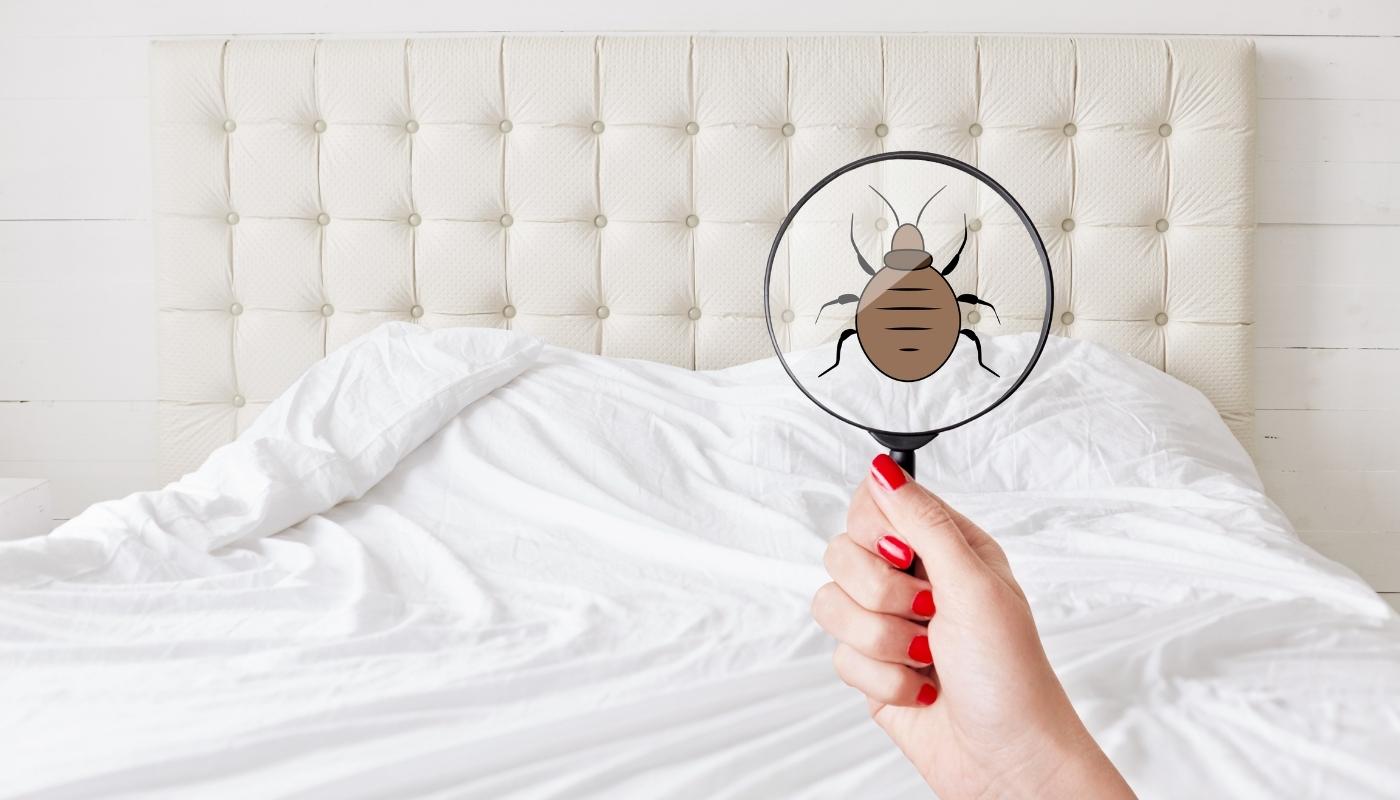


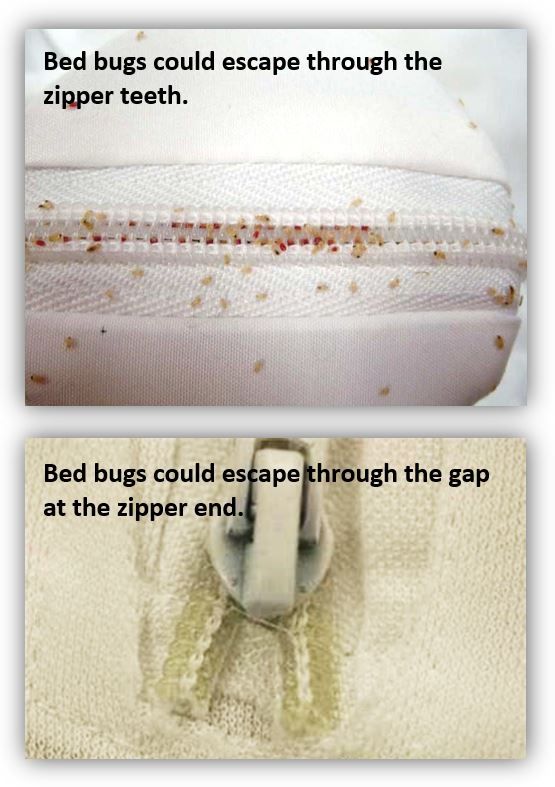


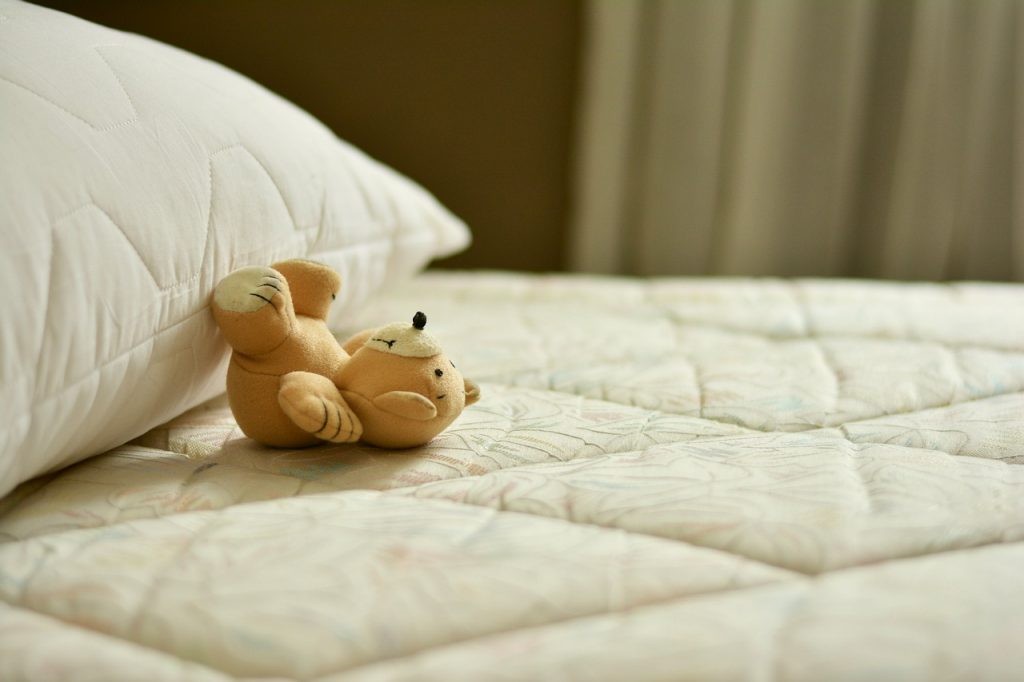






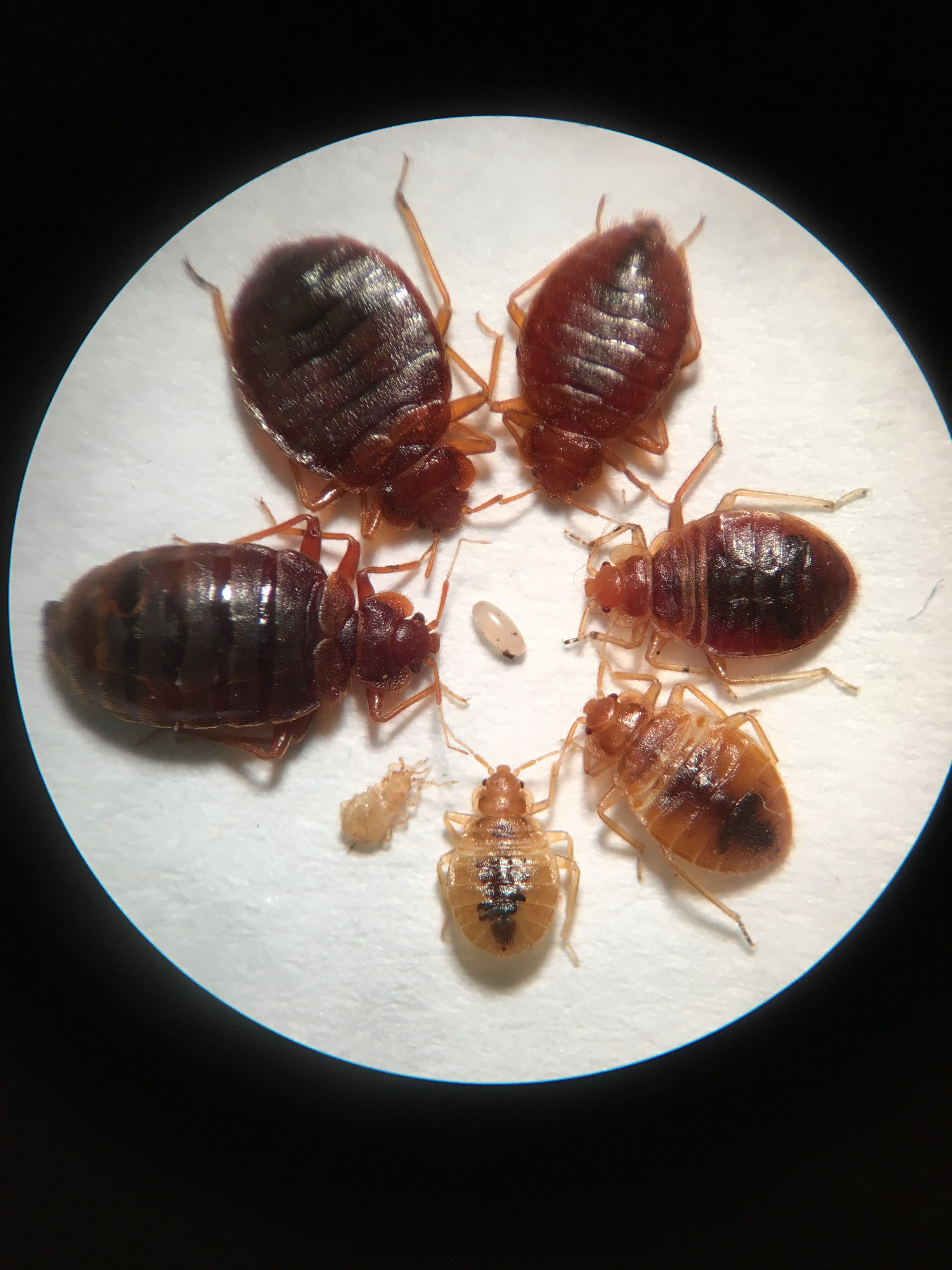

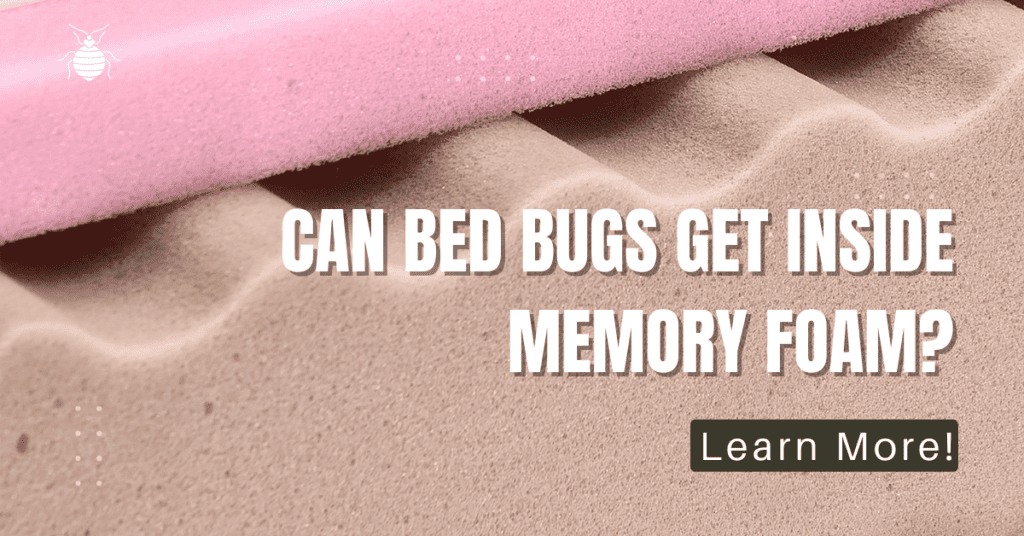


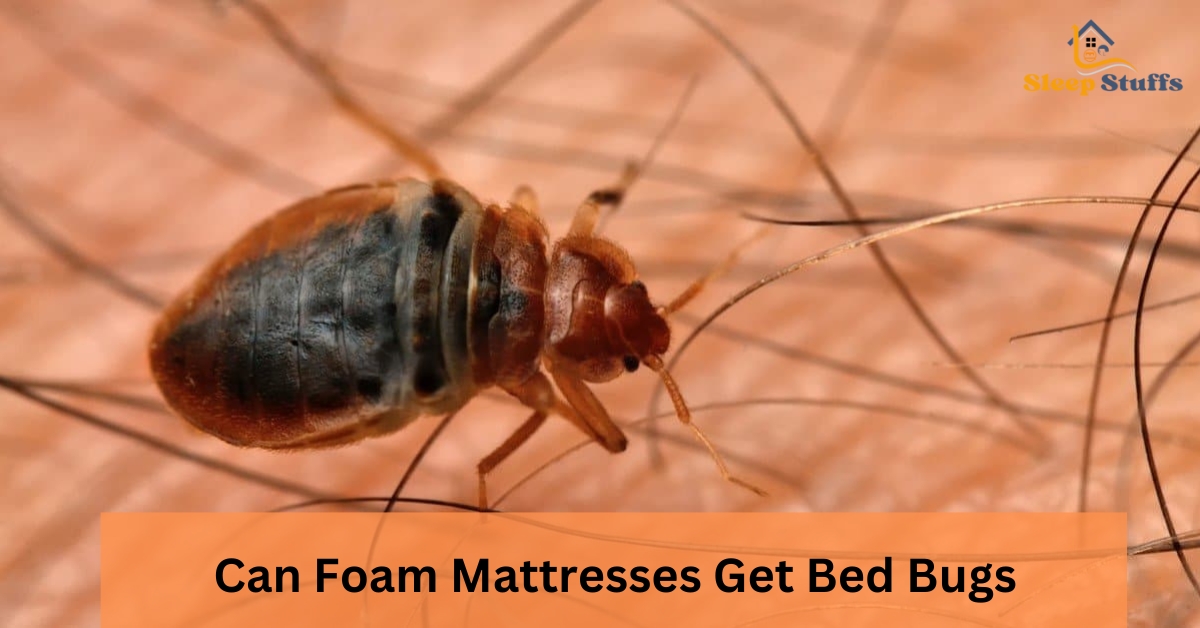









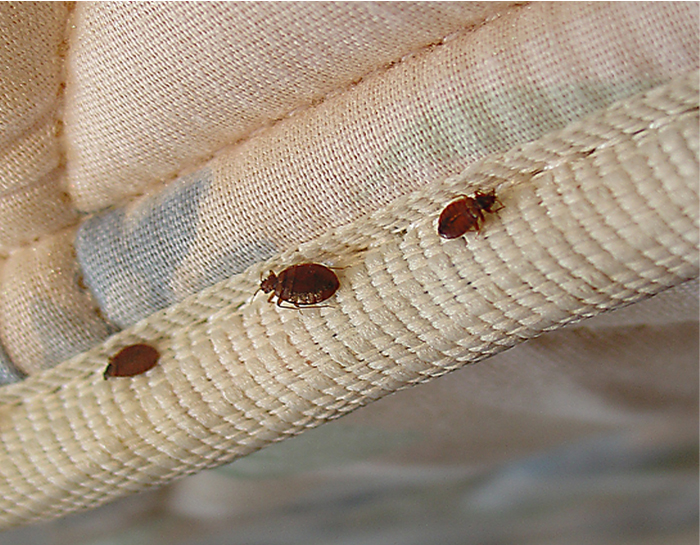
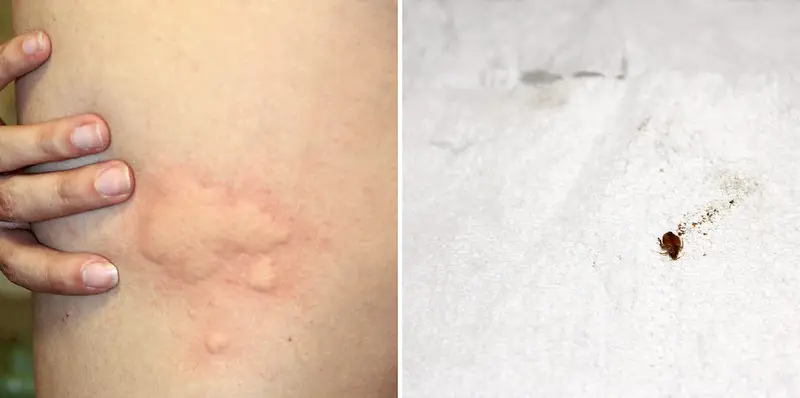
:max_bytes(150000):strip_icc()/bed-bug-bites-overview-2633482_v2-f8bfc57491af4e7a93307ec27a0d9652.png)
